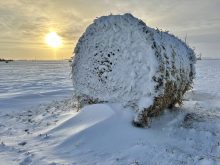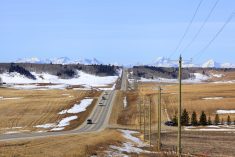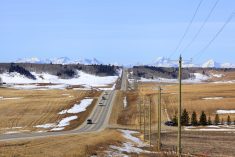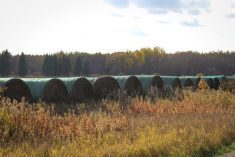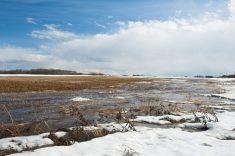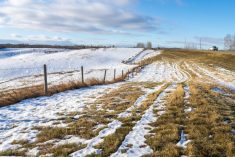CNS Canada –– Over 100 forest fires burning in northern Saskatchewan — and the resulting smoke cover — may be bringing a little relief from dryness to growers further south.
But silver linings are tarnished at best, as a dry outlook for July means the province won’t move past its drought concerns anytime soon.
Forest fires in Saskatchewan have led more than 5,000 people to evacuate their homes, while smoke covers a large part of Western Canada.
From where crops sit, however, Norm Hall, president of the Agricultural Producers Association of Saskatchewan, said the smoke is acting as a cloud cover, blocking out heat.
Read Also
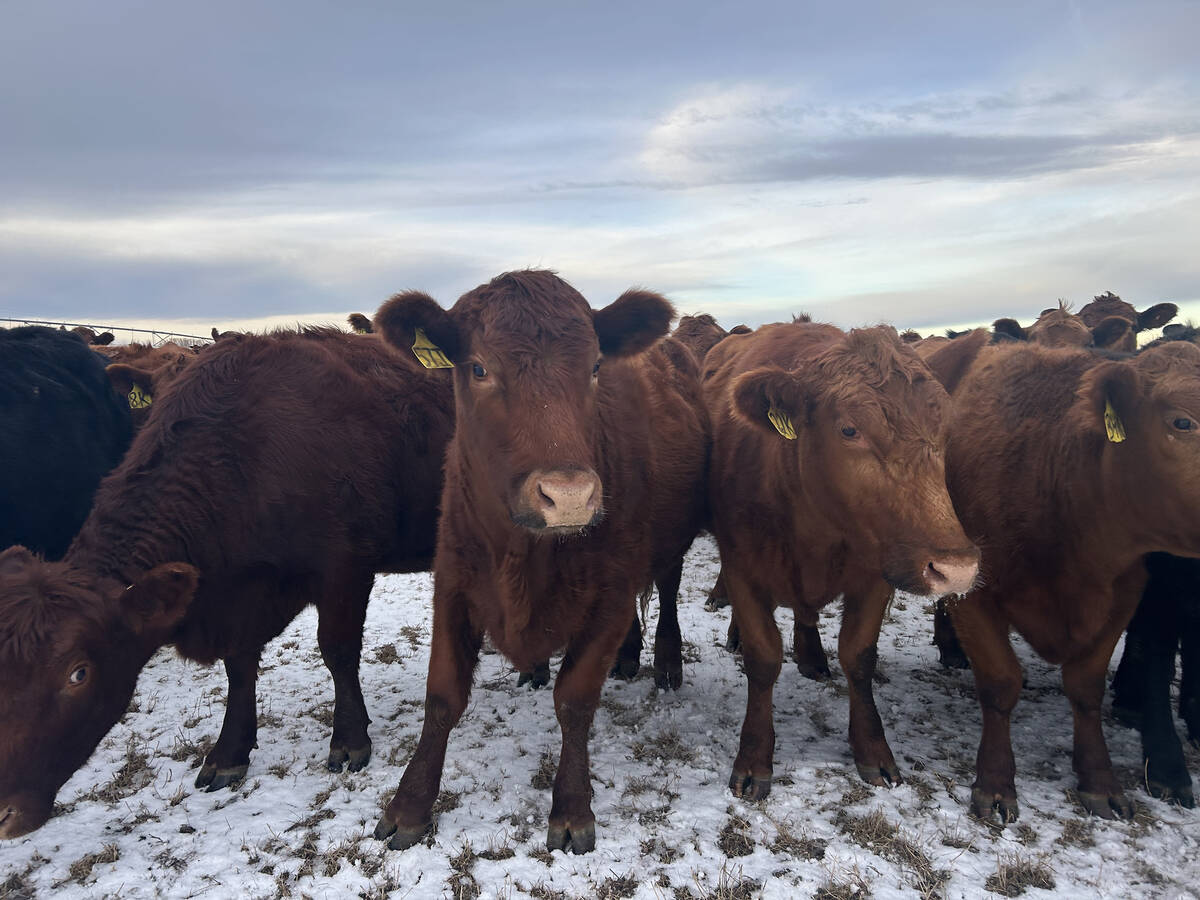
Feed Grain Weekly: Prices levelling as demand wanes
Soft demand has feed grain prices levelling off, said Darcy Haley, vice-president of Ag Value Brokers in Lethbridge, Alta.
“We walk in the grass any time before noon, and the grass is still wet, and the crops are still wet. So it’s providing that extra moisture the ground doesn’t need to provide.”
Forest fires are a sure sign of drought, according to Environment Canada’s senior climatologist David Phillips.
“On the Prairies you’re beginning to see water levels go historically way down, and cracked soil. You’re seeing shrivelled-up grain, and hay that sounds like ‘snap, crackle and pop’ when you walk around it.”
July’s forecast, Phillips said, is “not so good” for farmers.
However, he said, going forward, temperatures should drop slightly, though any rain Saskatchewan gets will likely be spotty.
“It’s not the kind of rescue rain that we need for the Prairies. Not the kind of slow, percolating, holiday-ruining kind of rain.”
Though Saskatchewan is no stranger to dry weather, this year the province has gotten only 40 millimetres of rain from March to June.
The second closest Saskatchewan has come to this level of dryness dates back to 1936, when the province got only 62 mm.
The dryness has amplified poor planting techniques, said Warren Ward, an agronomy specialist with the Canola Council of Canada at Springside, Sask., northwest of Yorkton.
Farmers who used proper seeding techniques, and were mindful of how deep seeds were going, have better-looking fields at this point, he said.
“There’s things you can get away with on a wet year, but not on a dry year,” Ward said.
Hall, who farms at Wynyard, Sask., about 150 km south of Melfort, said he thinks the dryness will affect yields.
“In the southwest there’s not a whole bunch for crop, whether it’s grass or grain crop right now. It just continues to go downhill.”
It might be too late for some crops, he said, even with a well-timed rain.
“We’re backing off to an average crop real quick, and hopefully not below-average, but for a lot of folks it will be.”
— Jade Markus writes for Commodity News Service Canada, a Winnipeg company specializing in grain and commodity market reporting.



